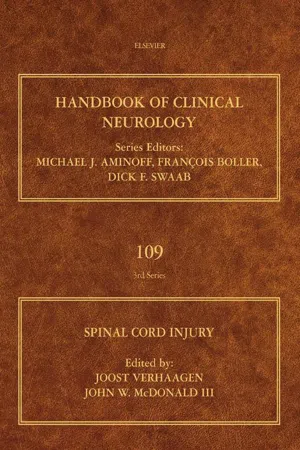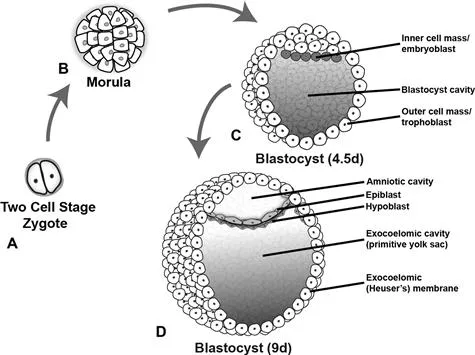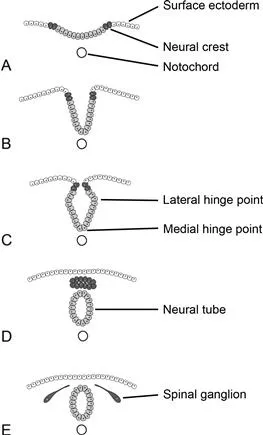
- 656 pages
- English
- ePUB (mobile friendly)
- Available on iOS & Android
Spinal Cord Injury
About this book
Handbook of Clinical Neurology: Spinal Cord Injury summarizes advances in the clinical diagnosis, monitoring, prognostication, treatment, and management of spinal cord injuries. More specifically, it looks at new and important developments in areas such as high-resolution noninvasive neuroimaging, surgery, and electrical stimulation of motor, respiratory, bladder, bowel, and sexual functions. It also reviews the latest insights into spontaneous regeneration and recovery of function following rehabilitation, with emphasis on novel therapeutic strategies, such as gene therapy, transcranial stimulation, brain-machine interfaces, pharmacological approaches, molecular target discovery, and the use of olfactory ensheathing cells, stem cells, and precursor cells.Organized in five sections, the book begins with an overview of the development, maturation, biomechanics, and anatomy of the spinal cord before proceeding with a discussion of clinical diagnosis and prognosis as well as natural recovery, ambulation, and function following spinal cord injury. It then examines clinical neurophysiology in the prognosis and monitoring of traumatic spinal cord injury; medical, surgical and rehabilitative management of spinal cord trauma; and some new approaches for improving recovery in patients, including restoration of function by electrical stimulation, locomotor training, and the use of robotics. Other chapters cover cell transplantation, artificial scaffolds, experimental pharmacological interventions, and molecular and combinatorial strategies for repairing the injured spinal cord. This volume should be of interest to neuroscience and clinical neurology research specialists and practicing neurologists.- Comprehensive coverage of the latest scientific understanding of spinal cord injuries- Detailed coverage of current treatment best practices and potential future treatments- Connects leading edge research programs to future treatment opportunities
Frequently asked questions
- Essential is ideal for learners and professionals who enjoy exploring a wide range of subjects. Access the Essential Library with 800,000+ trusted titles and best-sellers across business, personal growth, and the humanities. Includes unlimited reading time and Standard Read Aloud voice.
- Complete: Perfect for advanced learners and researchers needing full, unrestricted access. Unlock 1.4M+ books across hundreds of subjects, including academic and specialized titles. The Complete Plan also includes advanced features like Premium Read Aloud and Research Assistant.
Please note we cannot support devices running on iOS 13 and Android 7 or earlier. Learn more about using the app.
Information
Chapter 1
Development and maturation of the spinal cord
Abstract
Gross embryology
Overview
Fertilization to gastrulation

Gastrulation and Hensen’s node

Formation of the notochord
Primary neurulation


Table of contents
- Cover image
- Title page
- Table of Contents
- Copyright
- Handbook of Clinical Neurology 3rd Series
- Foreword
- Preface
- List of contributors
- Chapter 1. Development and maturation of the spinal cord
- Chapter 2. Anatomy and biomechanics of the spinal column and cord
- Chapter 3. Clinical diagnosis and prognosis following spinal cord injury
- Chapter 4. Clinical neurophysiology in the prognosis and monitoring of traumatic spinal cord injury
- Chapter 5. Concepts of aging with paralysis
- Chapter 6. Advanced MRI strategies for assessing spinal cord injury
- Chapter 7. Advances in the management of spinal cord and spinal column injuries
- Chapter 8. Spinal cord injuries in children and adolescents
- Chapter 9. The changing landscape of spinal cord injury
- Chapter 10. Surgical treatments to restore function control in spinal cord injury
- Chapter 11. Advances in the rehabilitation management of acute spinal cord injury
- Chapter 12. Spasticity
- Chapter 13. Disordered cardiovascular control after spinal cord injury
- Chapter 14. New concepts in the prevention of pressure sores
- Chapter 15. Functional electrical stimulation for bladder, bowel, and sexual function
- Chapter 16. Evidence-based therapy for recovery of function after spinal cord injury
- Chapter 17. Functional electrical stimulation
- Chapter 18. Spinal cord stimulation
- Chapter 19. Promoting optimal functioning in spinal cord injury
- Chapter 20. The changing field of rehabilitation
- Chapter 21. The longitudinal spinal cord injury
- Chapter 22. Post-traumatic syringomyelia
- Chapter 23. Post-traumatic deformity
- Chapter 24. Spinal cord injury clinical trials translational process, review of past and proposed acute trials with reference to recommended trial guidelines
- Chapter 25. Translating preclinical approaches into human application
- Chapter 26. Translational spinal cord injury research
- Chapter 27. Brain–machine interfaces and transcranial stimulation
- Chapter 28. Approaches to repairing the damaged spinal cord: overview
- Chapter 29. Limiting spinal cord injury by pharmacological intervention
- Chapter 30. Harmful and beneficial effects of inflammation after spinal cord injury
- Chapter 31. Defeating inhibition of regeneration by scar and myelin components
- Chapter 32. Realizing the maximum potential of Schwann cells to promote recovery from spinal cord injury
- Chapter 33. Repair of central nervous system lesions by transplantation of olfactory ensheathing cells
- Chapter 34. Cell transplantation
- Chapter 35. Gene therapy, neurotrophic factors and spinal cord regeneration
- Chapter 36. Scaffolds to promote spinal cord regeneration
- Chapter 37. Molecular target discovery for neural repair in the functional genomics era
- Chapter 38. Combination therapies
- Index